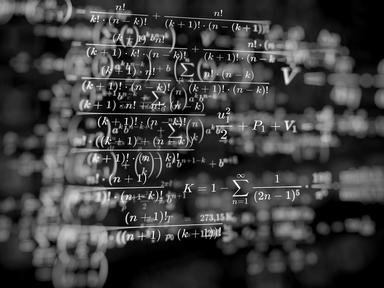Quiz Answer Key and Fun Facts
1. What is the third-smallest prime number?
2. What is the third-smallest triangular number?
3. What is the third-smallest number that is not a multiple of 2 or 3?
4. What is the third-smallest number with exactly four factors?
5. What is the third-smallest number that contains the digit 1?
6. What is the third-smallest number that is 2 more than a positive multiple of 5?
7. What is the third-smallest number that contains a 'w' when written in words in English?
8. What is the third-smallest number with exactly 3 factors?
9. What is the third-smallest Fibonacci number that contains the digit 3?
10. What is the third-smallest positive multiple of 13?
11. What is the third-smallest number that is the square of a square number?
12. What is the third-smallest number whose digits add up to 1?
13. What is the third-smallest number that contains the digit 8 exactly twice?
14. What is the third-smallest cube number that is also a square number?
15. What is the third-smallest power of 2 that ends in the digit 8?
Source: Author
AdamM7
This quiz was reviewed by FunTrivia editor
rossian before going online.
Any errors found in FunTrivia content are routinely corrected through our feedback system.
